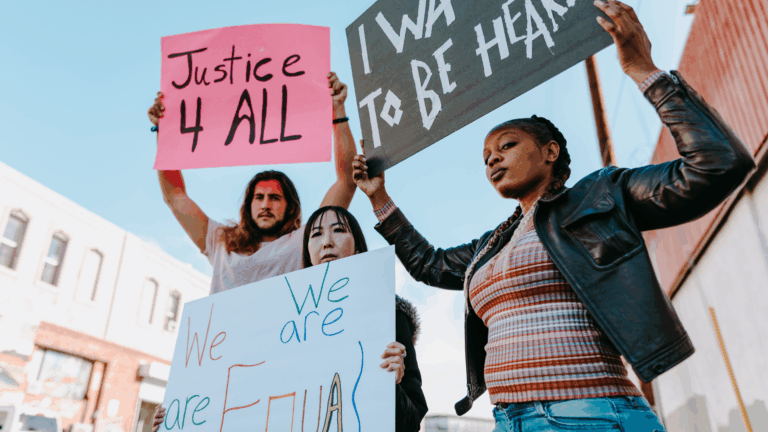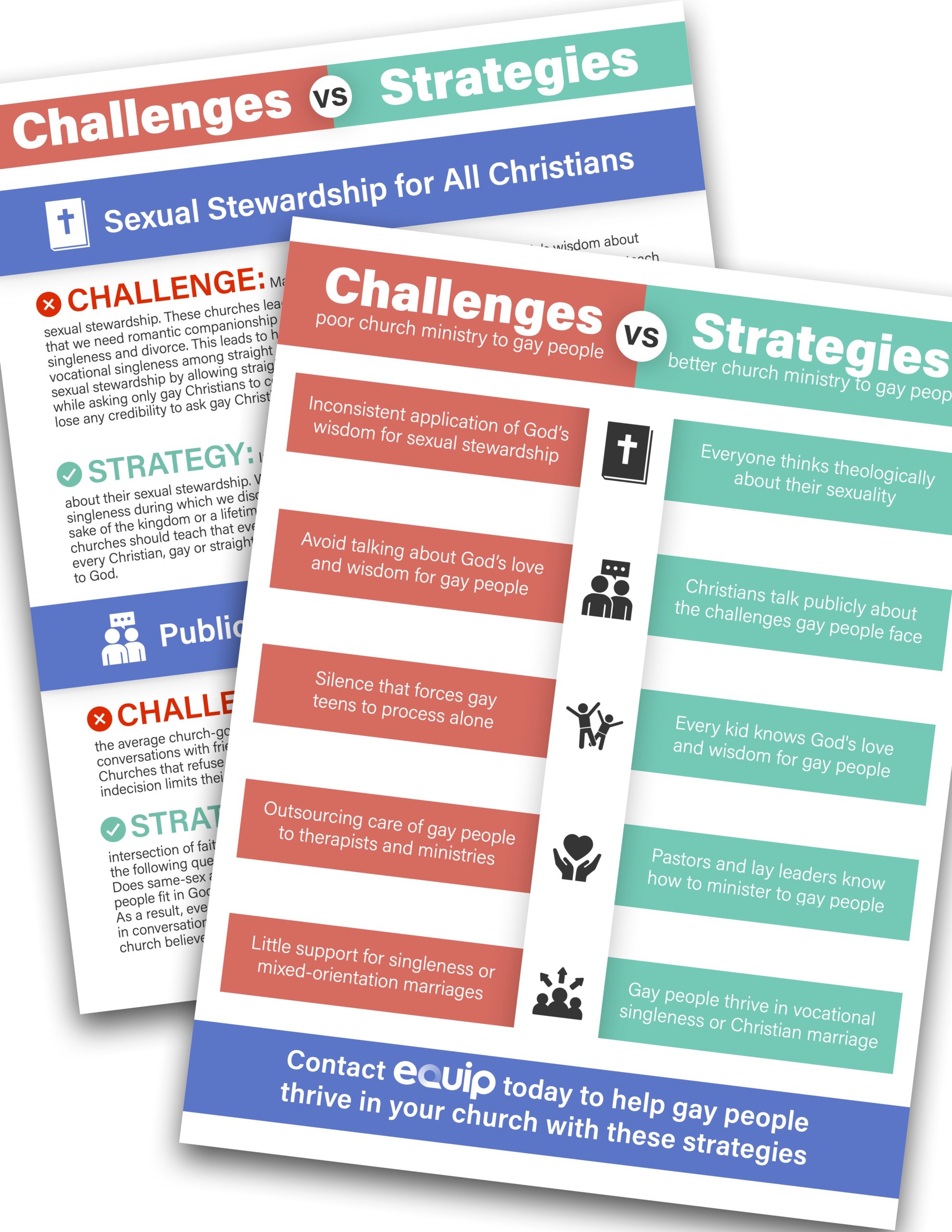Originally posted at The Center for Faith, Sexuality, & Gender
If someone new to the Bible flipped through the gospels and paid attention to Christ’s reactions to people, one might accuse Him of being inconsistent—particularly when He responds to people’s brokenness.
In John 8, the Pharisees bring to Jesus a woman caught in the act of adultery. They point to the law of Moses that requires her to be stoned. Then Jesus asks the person who has never sinned to throw the first stone. The accusers depart one by one, leaving Jesus with the woman. He assures her that He does not condemn her, and then He invites her to seek holiness.
In Matthew 21, Jesus visits the Temple to find money changers and dove sellers taking advantage of poor widows trying to offer sacrifices to God. He drives the thieves and their livestock out of the courtyard with a whip and overturns the tables.
In Luke 7, Jesus goes to dinner at a Pharisee’s house. A woman who lived a sinful life weeps at his feet, wipes his feet with her hair, kisses them, and pours perfume over them. The Pharisees accuse Him of associating too closely with sinners. In response, Jesus chastises the Pharisees that, despite their righteousness, they forgive little and fail to humble themselves. But despite the woman’s great sin, Jesus forgives her.
Jesus is soft and tender in the first story, angry and violent in the second, and finally He is both condemning and forgiving in the third. But when we look more closely, we see Jesus isn’t being inconsistent: He is being strategic.
Jesus tailors His message to his audience. He considers, “What do I want these people to do in response to what I say, and then what should I say and do that is most likely to lead to that result?” He tends to respond to the oppressed, hurting, or marginalized with compassion, meeting their needs, affirming their worth, and inviting them to something greater.
But when He is talking to people in power, the religious elite, those with privilege, and those fighting to maintain their advantage and control over others while ignoring the needs of the hurting—when He responds to those people, Jesus judges them harshly and calls out their hypocrisy with sharp words.
What if we followed Christ’s example when it came to the Church and loving LGBT+ people? What if we asked ourselves, “What does Jesus want to invite the Church and LGBT+ people into? What message and actions are most likely to get those results? Who are the hurting, marginalized people? Who are the people with power fighting to maintain their dominance while ignoring the needs of the hurting?”
Practically, this might look like patiently loving an LGBT+ person for decades while you wait for the Holy Spirit to reveal why God’s call to sexual stewardship is good for them. And this might look like sharply criticizing the hypocrisy of the Church for failing to teach in theologically accurate and compassionate ways or offer LGBT+ people a place where they could truly thrive in celibacy or a mixed-orientation marriage.
Grab a group of friends at your church—particularly those who tend to lead with pointing out the sin of LGBT+ people—and read through the gospels. But this time, ask the question, “How would this Jesus respond to the homeless LGBT+ teen versus the straight Christian who is quick to judge?”





